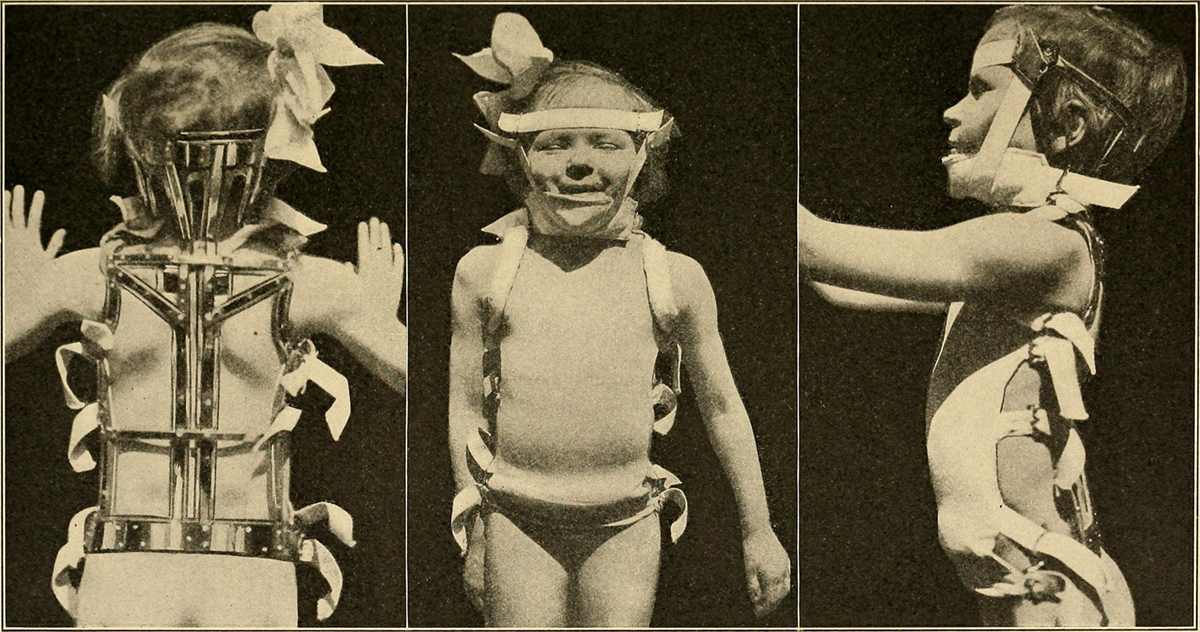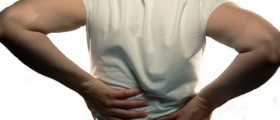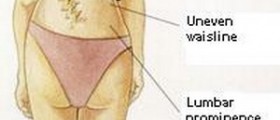
The primary function of the cervical spine is to stabilize the head and the spine and to maintain the balance. Cervical spine is C-shaped and C points towards the back of the neck. In some people this curvature may become more prominent which is medically known as cervical lordosis. Hyperlordosis is deepening of the normal curvature. It leads to pushing of the head forward and the head appears to be a bit lower between the shoulders. The chin of the patients is prominent. There is an impression that patients are deliberately extending their necks in forward direction.
Causes of Cervical Lordosis
There is a variety of factors which contribute to cervical lordosis. In some people the condition may be inherited or is considered congenital. Still, in majority of cases improper maintaining of correct posture is a cause of cervical lordosis. Furthermore, injury and trauma of the cervical spine are related to the occurrence of cervical lordosis. Osteoporosis is another cause of this medical condition. In osteoporosis the loss of mineral density of the bones leads to change in normal curvature of the cervical spine and potential fractures. And finally, cervical lordosis affects obese people and those suffering from achondroplasia.
Symptoms of Cervical Lordosis
This medical condition is basically not painful and usually it does not cause any symptoms. Therefore, in majority of patients cervical lordosis is asymptomatic. Small number of patients actually complains about the pain in the neck. The pain occurs due to compression of the nerves in the neck. The disease progresses slowly and in advanced stage the patient may notice abnormal position of the head which looks as it has been pushed forward or lying below the normal level. Diagnosis and Treatment for Cervical Lordosis
Cervical lordosis can be easily diagnosed after physical examination of the patient and it can be also visualized by X-ray of the cervical spine, CT scan or MRI. These imaging methods are excellent since they also provide with information related to extent of the change in the curvature. Additionally, certain imaging methods may determine whether there are associated neurological conditions.
Mild forms of cervical lordosis do not require any treatment. Only patients who are suffering from pain, limited range of motions and additional symptoms or complications of the disease need to be treated. The pain in cervical lordosis is bought under control by pain killers. Physical therapy is another highly effective treatment modality. Patients can also benefit from posture correction. The spine may be held in adequate position with braces. Support pillows are also good for restoring of the normal curvature of the cervical spine. In case that symptoms persist in spite of conservative treatment patients undergo surgical correction. Surgery for spinal fusion is generally performed. It carries significant risks and is only performed in certain number of patients.


-Causes,-Symptoms,-Diagnosis,-Treatment_f_280x120.jpg)














Your thoughts on this
Loading...